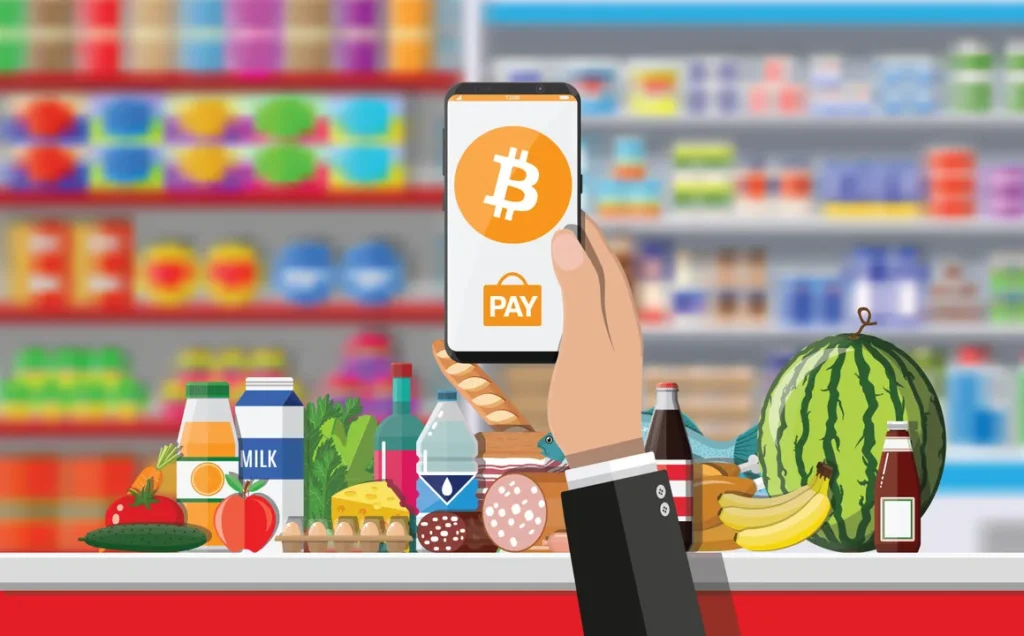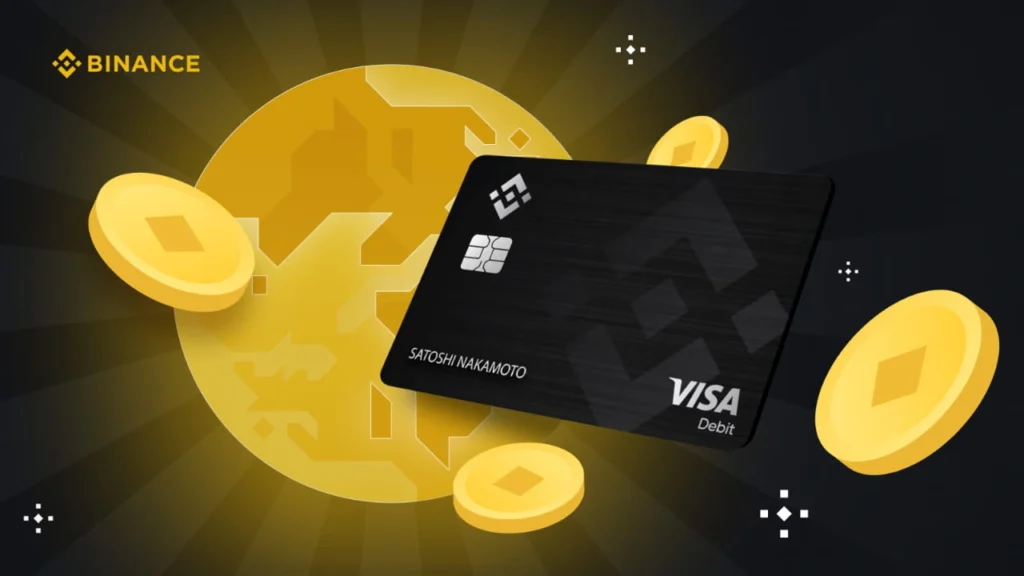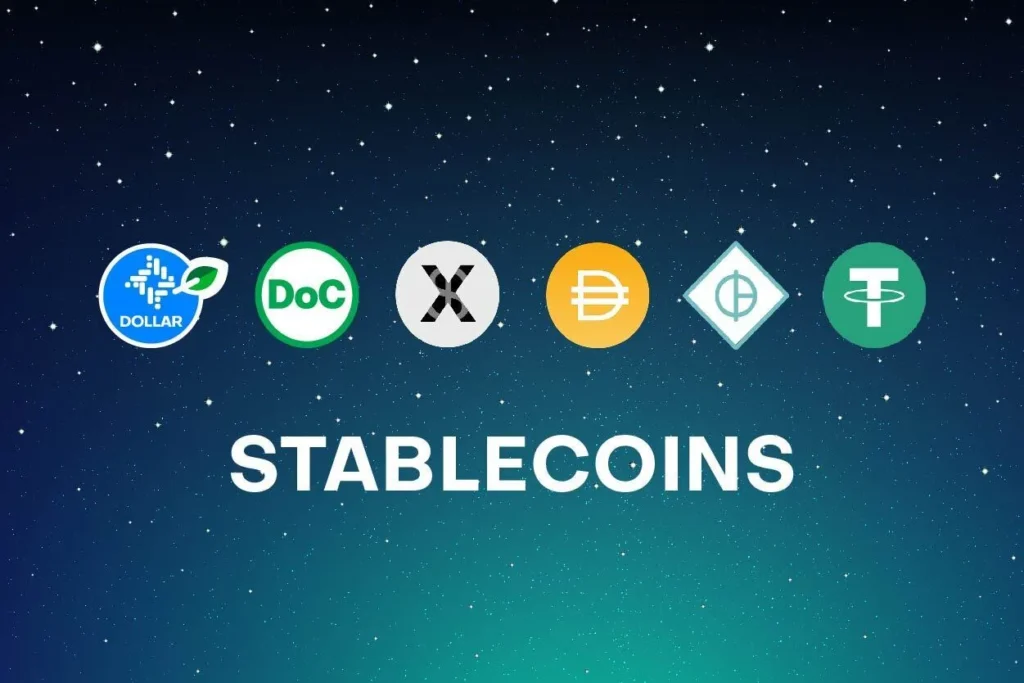Beginner’s Guide: How Web3 Freelancers Turn Crypto Earnings into Real-Life Purchases
April 25, 2025

Web3 freelancer crypto usage is becoming more common—but if you’re new to the scene, you might wonder: How do digital earnings turn into real-world money? Whether you’re a designer, writer, or developer getting paid in stablecoins or tokens, this guide will help you understand the process from payment to purchase.
Web3 Freelancer Crypto Usage: From Payment to Practical Life
As a Web3 freelancer, your clients may pay you in:
- Stablecoins like USDC or USDT (more predictable in value)
- ETH or BTC, which can be volatile but valuable
- Project tokens, especially if you’re working with DAOs or startups
These funds land in digital wallets like MetaMask, Trust Wallet, or Phantom. After that, it’s all about what you do next: hold it, convert it, or spend it.

How Freelancers Use Crypto Day to Day
After receiving crypto, freelancers usually decide whether to save or spend it. Some treat it like an investment; others use it immediately for living expenses.
For example, Leo, a developer in Argentina, uses USDT to pay rent directly to his landlord. Sarah, a writer in Portugal, buys weekly groceries using crypto vouchers. These everyday actions show how crypto can be more than just internet money—it can be your daily budget.
In countries with unstable currencies, using crypto is more than a convenience—it’s a necessity.
Common Real-Life Uses for Web3 Freelancer Crypto
Depending on your location and lifestyle, you can use your crypto earnings for:
- Rent, especially in crypto-friendly communities
- Groceries and takeout, using Bitrefill or crypto gift cards
- Travel, through crypto booking platforms like Travala
- Tech and gadgets, often from online stores that accept crypto
- Streaming services, VPNs, and other online subscriptions
If the vendor doesn’t accept crypto directly, you can still spend it via crypto debit cards or prepaid vouchers.


Balancing Convenience and Complexity
Spending crypto can be empowering—but it also comes with challenges. Gas fees can be high, and some platforms delay withdrawals. Plus, the legal side is still unclear in many regions.
That’s why many freelancers:
- Hold a mix of fiat and crypto
- Use stablecoins for more predictable budgeting
- Convert only when needed to avoid losses
This balanced strategy keeps things smooth while giving you flexibility.
Tools Supporting Web3 Freelancer Crypto Usage
As the Web3 space grows, more tools are helping freelancers thrive. Some of the most popular include:
- BitPay, Binance Card, Coinbase Card – for real-world spending
- Superfluid – for real-time crypto payments
- DeWork and Wonder – to find Web3 freelance gigs
- Utopia Labs – for managing DAO and team payouts
These tools often integrate with familiar Web2 platforms like Notion and Slack, making it easier to manage both sides of your workflow.


Final Thoughts: Crypto Is Becoming Real Life
Web3 freelancer crypto usage is no longer a niche—it’s becoming a new way of living. Whether you’re covering rent, buying lunch, or booking flights, crypto can be a real, usable income.
It’s not always perfect. But if you’re just starting out, don’t worry. With the right tools and mindset, you’ll quickly find a rhythm that works for you—bridging your digital wallet and your everyday life.
Relevant news: here


